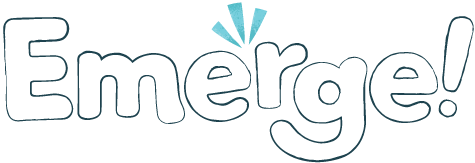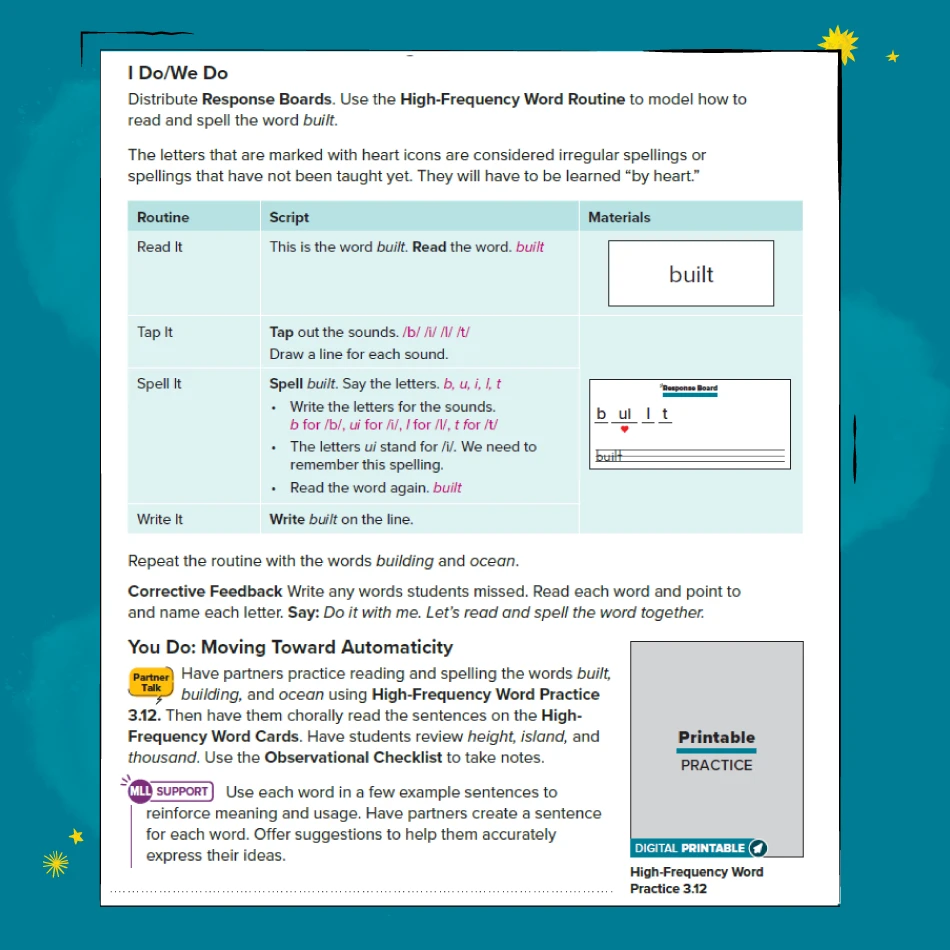Steve Graham is a Regents and the Warner Professor in the Division of Leadership and Innovation in the Mary Lou Fulton Teachers College, Arizona State University. For 42 years, he has studied how writing develops, how to teach it effectively, and how writing can be used to support reading and learning. His research involves typically developing writers and students with special needs in both elementary and secondary schools, with much of the learning occurring in classrooms in urban schools. Graham is the former editor of Exceptional Children, Contemporary Educational Psychology, Journal of Writing Research, Focus on Exceptional Children, and Journal of Educational Psychology. He is the co-author of the "Handbook of Writing Research," "Handbook of Learning Disabilities," "APA Handbook of Educational Psychology," "Writing Better," "Powerful Writing Strategies for All Students," and "Making the Writing Process Work." He is also the author of three influential Carnegie Corporation reports: Writing Next, Writing to Read, and Informing Writing




















